- Miami
- Lisbon
- Dublin
- Dubai
- Cebu
Insights
Though passports are a fairly modern innovation, with the League of Nations establishing a passport standard in 1919, the idea of documents that afford the bearer ‘safe passage’ through the lands of other nations is something that goes all the way back to the early medieval period.
As far back as England’s 13th century Magna Carta, the right to safely travel to other countries has been enshrined in legislation. In the same century, Italian guildsmen developed the world’s first watermarking technique, protecting documents from forgery by imprinting a unique mark onto documents while they were still wet.
As we can see, then, both ‘passports’ and the desire to safeguard official documents from forgery have long been features of our society, and things are no different in the 21st century. As forgery and counterfeiting techniques become more and more sophisticated, so too have the security measures used to counter them.
Let’s take a look at the defining security features of modern passports.
Optical variable ink – also called “color-shifting ink” – is a security measure often seen on high-value banknotes, and now seen on many country’s passports. The ink incorporates pearlescent glitter into its design, allowing it to reflect different colors depending on the angle viewed.
Because of the ingredients used in the ink and the process required to make it, OVI is extremely expensive. This makes it practical only on high-denomination bills (it’s used on the US $50 and $100 bills) and high-value documents – such as passports. This also makes it difficult for counterfeiters to obtain, as it’s expensive and generally only available from two or three sources.
A variant, optical variable magnetic ink, is used in such banknotes as the Russian ruble and the euro.
Often called “invisible ink”, UV fluorescent ink is considered a “covert” security measure because it is invisible to the naked eye, and can only be viewed under a UV light.
UV ink is a solid security measure not only used for passports, but for high-end luxury goods and electronic items too. It’s a quick and relatively easily-applied security measure that, by itself, won’t stop counterfeiters, but when used in tandem with other anti-tampering technologies, makes it harder to replicate documents such as passports.
Radio frequency identification (‘RFID’) chips are commonly used in a variety of official documents and cards, not least of which is the passport.
RFID chips generally contain a copy of the information that is printed on your passport’s photo page, e.g. name, address, date of birth, and passport issue information. It’s easily cross-referenced against the printed information by border control agents, making it an effective form of identity verification. It also means that, if someone were somehow able to tamper with the photo page, the new information wouldn’t match up with that broadcast by the RFID.
Fluorescent fibers (which are, similarly to fluorescent ink, only visible under UV light) are a cheap yet effective method of defeating passport forgers.
These security fibers are embedded during the paper manufacturing process, making them impossible to remove without damaging the document. They are also visible at random points throughout the document when put under a UV light.
Though fluorescent UV fibers are the most common variety, it’s possible to manufacture fibers that respond to different stimuli, e.g. photosensitive fibers that are only visible during daylight.
When it comes to passports, however, it’s the fluorescent fibers that are used, as it adds another layer of security that can be quickly checked under the passport control official’s UV light.
Laser-engraved images are a sophisticated method of putting an image onto a document that looks very different when viewed from different angles. This creates a ‘floating’ image effect that’s very difficult for forgers to replicate, and also makes it easy to quickly verify a document’s authenticity with the naked eye.
There are different techniques used for engraving images onto passports and other high-value documents. These include MLI (multi-laser engraving), CLI (changeable laser imaging; used to create two images only) and TLI (tilt-laser imaging).
Polycarbonate polymers are the material of choice for ID cards and driving licenses, but they’re also increasingly being used in passports. Countries such as the UK, Finland and Sweden all use polycarbonate in their passports.
Polycarbonate is a very strong forgery countermeasure because it’s very difficult to delaminate or pull apart in any way, making it next to impossible for counterfeiters to alter documents that make use of it.
The properties of polycarbonate make it perfect for the incorporation of other security features too. Laser engraving, UV ink and embedded RFID chips are all perfect for use with polycarbonate. What’s more, trying to alter any of the features of a polycarbonate photo page is extremely difficult, very time-consuming, and usually leaves obvious traces of tampering. It’s for these reasons that polycarbonate is a frequent choice for passport photo pages.
Intaglio printing is a distinctive and difficult-to-replicate process that creates images and text that have a unique raised feel. This makes them easy to quickly verify by officials, who can simply run their finger over the surface to detect the raised area.
Intaglio printing requires specialized equipment to achieve, which is difficult for counterfeiters to source and use. It cannot be replicated by standard printers, and thus adds a further level of security to passports.
Passports must be bound much like books, and this binding is a point of vulnerability that can be exploited by canny forgers.
The best passports therefore ensure that the thread used to bind their passports is as secure as possible. The UK, for instance, uses a tri-thread fluorescent weave to bind their passports, which means that if the passport is taken apart and tampered with, security officials will be able to quickly spot the tampering.
Many passports use perforation to put a number on every page of the passport, making any form of tampering (for instance, by adding or removing pages) immediately detectable by passport control agents.
Such perforations are applied using lasers, and each individual perforation is of a different shape. Because the perforations are applied to each page of the passport at the same time, they become gradually smaller as they pass through the pages of the passport.
These features all combine to make for a passport security measure that is incredibly difficult for forgers to replicate, and is another tool in the arsenal of government agencies seeking to protect their passports.
One of the simpler passport security measures (and something you should look out for if you get a second passport) is ‘gold blocking’. This refers to the distinctive gold-leaf pattern present on the front of most passports.
Though gold blocking is subject to wear and tear – and is more easily replicated than many of the other passport security features on this list – its fine detail makes it difficult for any but the most skilled of counterfeiters to replicate. What’s more, gold blocking is a relatively expensive process, meaning that in order to replicate a significant amount of resources will have to be invested.
One of the most immediately recognizable elements of any passport (and a good many ID and bank cards), holographic laminate is used to indicate that laminate has not been removed, replaced or tampered with. Passport control agents are trained to recognize any alterations at all to the laminate. In addition, the laminate is often irrevocably fused with the underlying paper of the photo page, making its removal or alteration nigh-impossible without damaging the document.
At the bottom of your passport photo page (whether on your first or second passport) you’ve probably noticed a string of letters, numbers and chevrons that contain your name, date of birth, and other information. This is the machine-readable zone (MRZ), and it’s used to help officials quickly scan your passport.
In the modern age, it’s become sadly possible to spoof MRZs and change them in such a way that it can fool the scanner. However, in conjunction with many of the other security measures we’ve mentioned above, this has become much harder.
It’s very difficult to come up with a 100% secure and tamper-proof passport security measure. Counterfeiters are dedicated and resourceful, and some will have the funding to ensure that, given enough time, they can replicate any given security feature.
However, replicating all of them is so difficult, resource-intensive and time-consuming, that it’s effectively impossible. This is why it’s so important to have a holistic passport security design that incorporates as many of the aforementioned features as possible.
Most major world governments take this issue seriously, and thus do make use of as many of these features as possible. Take the UK passport, which features every single document security measure that we’ve mentioned. The combination of so many anti-tamper properties makes counterfeiting a UK passport – or altering an existing one – virtually unachievable.
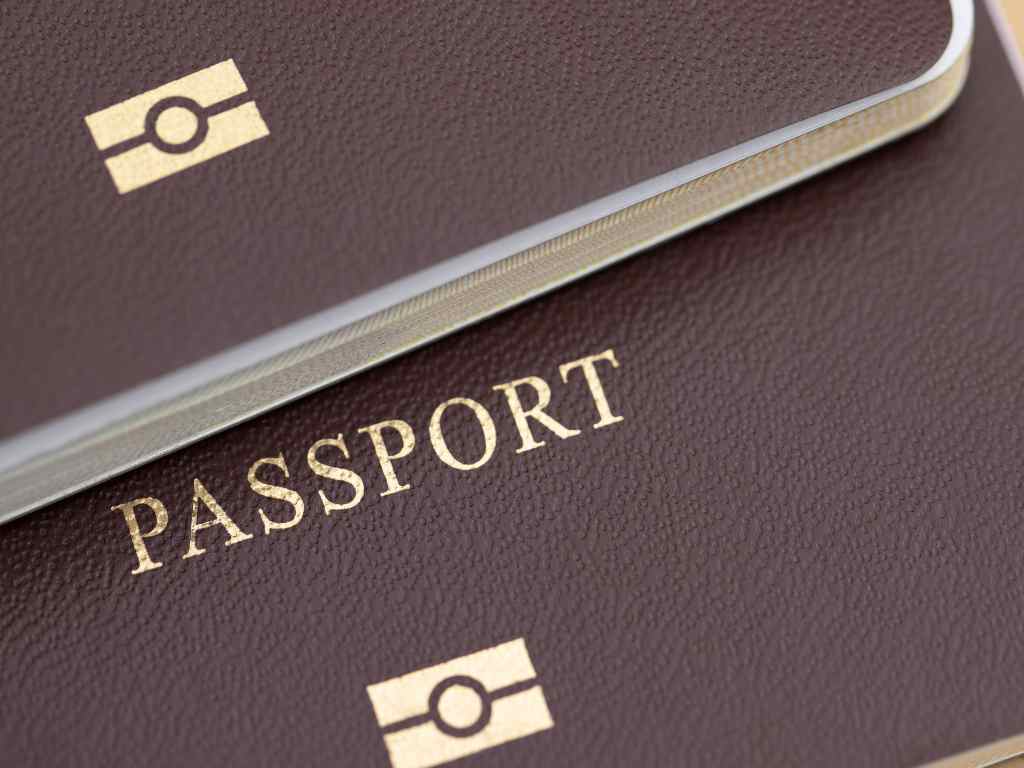
Manufacturing a solidly tamper-proof passport is no easy feat, but that very fact is what makes them so hard to replicate. When looking for a suitable second passport, be sure to take into account the features noted in this article. Only then can you be assured of the security of your new passport.
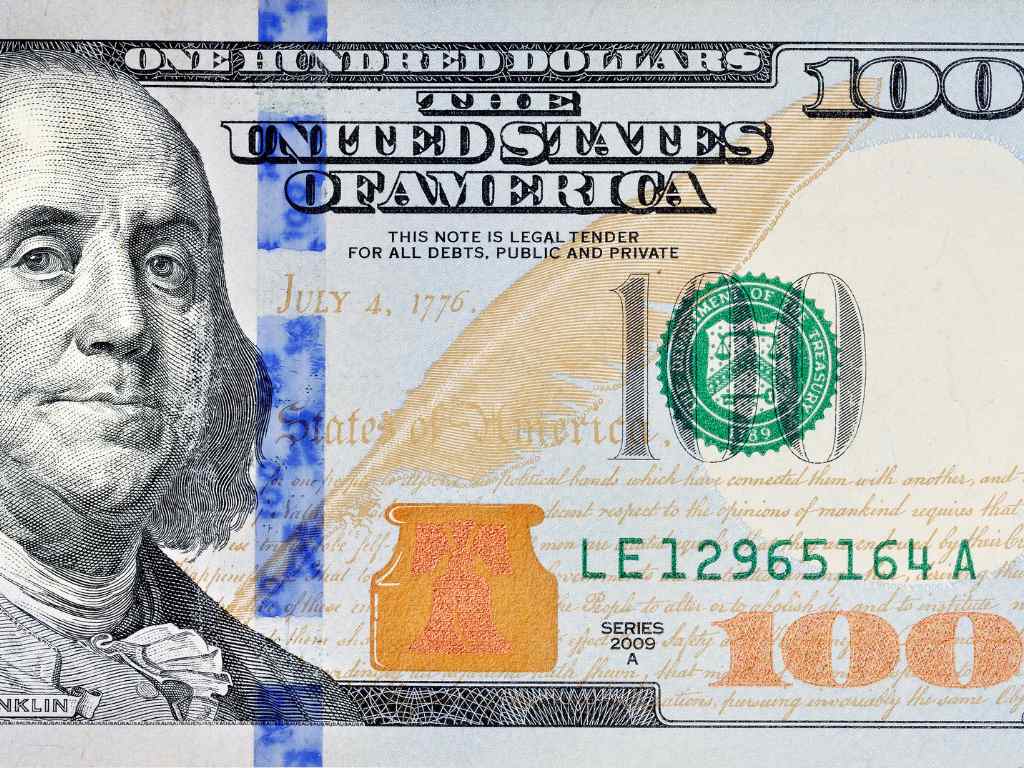
Manufacturing a solidly tamper-proof passport is no easy feat, but that very fact is what makes them so hard to replicate. When looking for a suitable second passport, be sure to take into account the features noted in this article. Only then can you be assured of the security of your new passport.
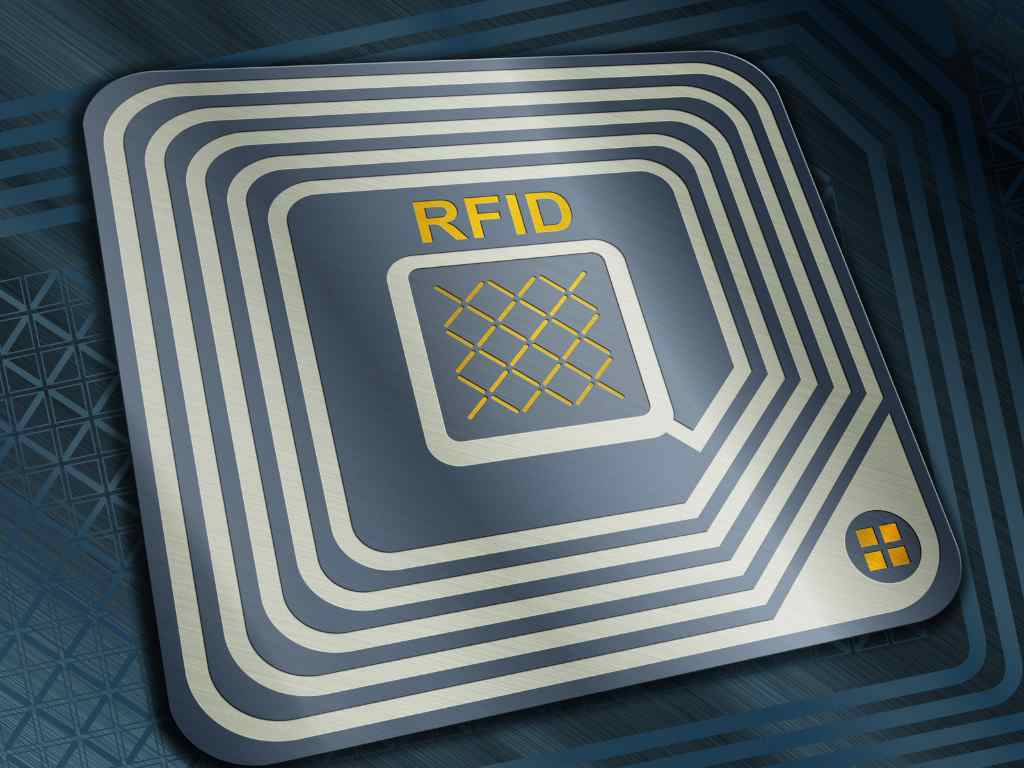
Manufacturing a solidly tamper-proof passport is no easy feat, but that very fact is what makes them so hard to replicate. When looking for a suitable second passport, be sure to take into account the features noted in this article. Only then can you be assured of the security of your new passport.
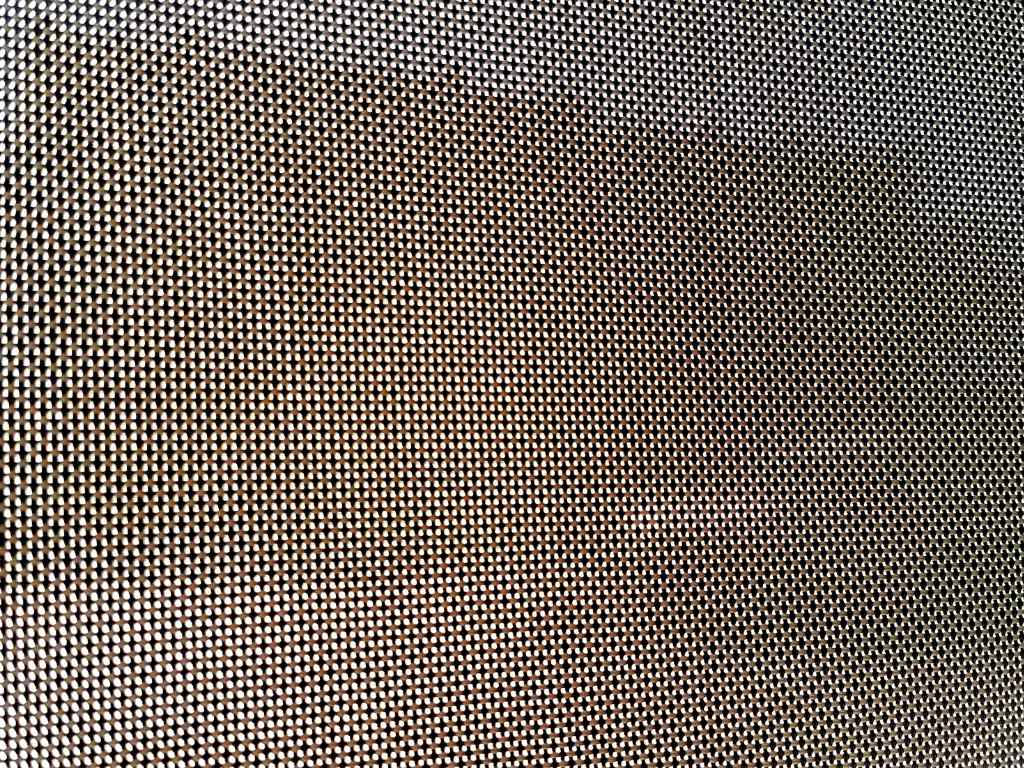
Manufacturing a solidly tamper-proof passport is no easy feat, but that very fact is what makes them so hard to replicate. When looking for a suitable second passport, be sure to take into account the features noted in this article. Only then can you be assured of the security of your new passport.
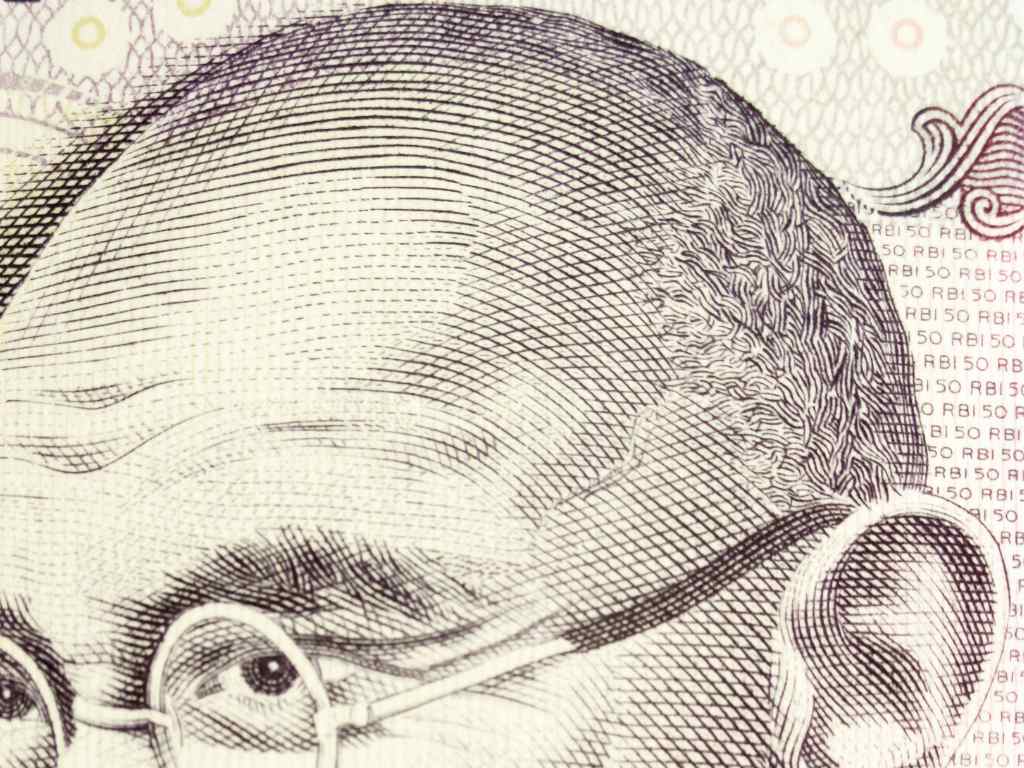
Manufacturing a solidly tamper-proof passport is no easy feat, but that very fact is what makes them so hard to replicate. When looking for a suitable second passport, be sure to take into account the features noted in this article. Only then can you be assured of the security of your new passport.
Get in touch to discuss how we can help you with your citizenship or residency by investment goals. One of our investment migration experts will contact you to discuss your case. With over 16 years of combined experience our team has helped hundreds of families achieve freedom.